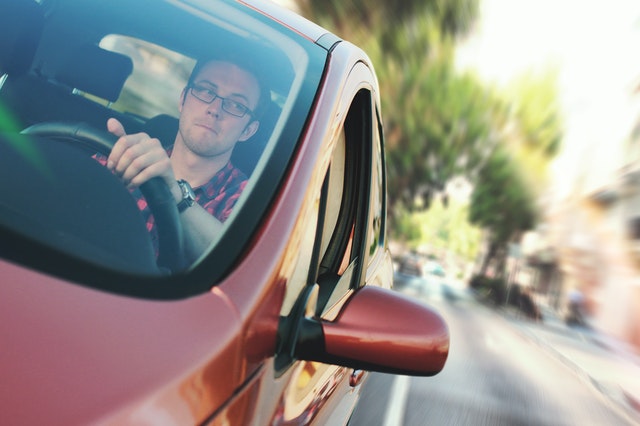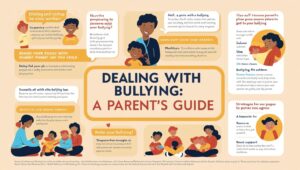
Image Source: Pexels
Car accidents are one of the leading causes of death and injuries on our roads. And while many factors contribute to these accidents, driver error is still the number one cause. Defensive driving is a set of skills and techniques drivers can use to help them stay safe on the road. Here are 7 defensive driving tips that will keep you safe on the road:
1. Always Wear Your Seatbelt
One of the simplest and most effective defensive driving techniques is always wearing your seatbelt. According to the Centers for Disease Control and Prevention (CDC), seatbelts are one of the most effective ways to prevent severe injuries and death in a car accident.
In fact, the CDC reports that seatbelts reduce the risk of serious injury by 50% and the risk of death by 45%. So, no matter how short the drive, make sure you and all your passengers buckle up before hitting the road.
2. Keep Your Eyes on The Road
Distracted driving is one of the leading causes of car accidents. Therefore, it’s important to keep your eyes on the road at all times. It means no texting, no talking on the phone, and no fiddling with the radio or other controls in the car. If you need to do any of these things, pull over to a safe location first.
3. Don’t Drive Under the Influence
Driving under the influence of drugs or alcohol is one of the deadliest things you can do on the road. Not only does it impair your judgment, but it also slows down your reflexes and reaction time. Consequently, if you drink, make sure you have a designated driver or take a cab/Uber/Lyft.
4. Drive the Speed Limit
We’ve all heard it a million times – drive the speed limit and you’ll avoid getting pulled over. But is that the best way to stay safe on the road?
For many people, driving the speed limit is fine. But for some, it’s just not realistic. And let’s be honest, sometimes driving the speed limit can be dangerous. If you’re in a significant city and trying to stick to the speed limit, you might get honked at or even rear-ended by someone who isn’t paying attention.
Of course, there are also dangers to speeding. If you’re going too fast, you could lose control of your car or get into an accident. And if you’re caught speeding, you could get a ticket or even have your license suspended.
5. Don’t Tailgate
Defensive driving is all about anticipating the actions of other drivers and being prepared to take evasive action. One of the most important defensive driving techniques is to maintain a safe distance from the vehicle in front of you so that you have plenty of time to react in an emergency.
Tailgating is dangerous because it increases the likelihood of a collision if the car in front brakes suddenly. If you’re too close, you won’t be able to stop in time, and you’ll end up ramming the car in front of you. So, please keep a safe distance between your car and the vehicle in front of you, and remember: never tailgate!
6. Be Aware of Your Surroundings
This may seem like common sense, but it’s essential to be aware of your surroundings while driving. Pay attention to the cars around you and be aware of their actions. If you see a car speeding or driving erratically, take note of the license plate number and report it to authorities.
But what if you are injured in a vehicle accident? What should you do if you have been in a vehicle accident? You can seek legal counsel from a car accident lawyer in Lakeland, FL, or anywhere specific to your locale.
7. Use Your Turn Signals
There are a lot of important defensive driving tips out there, but using your turn signals is one of the most important. When you’re changing lanes, turning, or merging, always use your turn signals so that other drivers know what you’re doing. Using signals will help them to give you plenty of space and avoid any potential accidents.
Another great reason to use your turn signals is that it’s the law in most states. Failing to use your signal can result in a ticket, so it’s not worth risking an accident just to avoid using them.
Conclusion
Defensive driving is about being aware of your surroundings and making safe choices behind the wheel. By following these tips, you can help keep yourself and others safe on the road.


